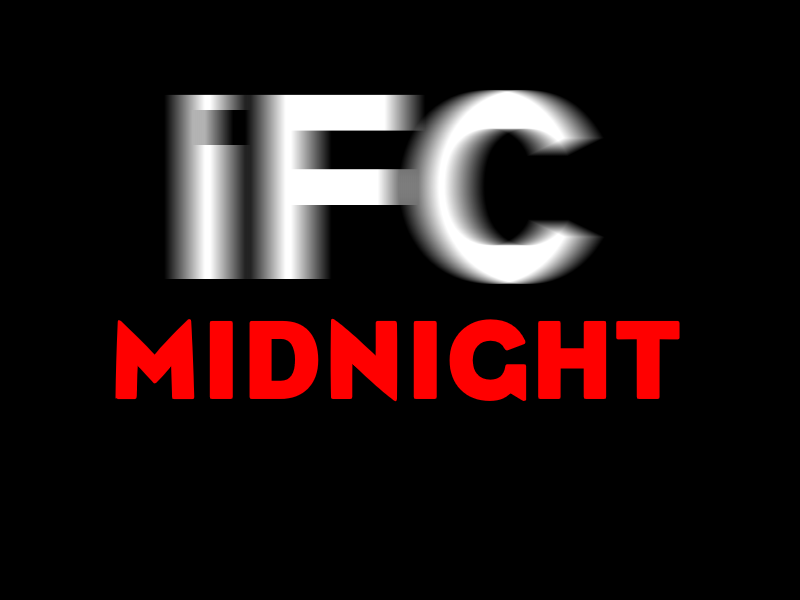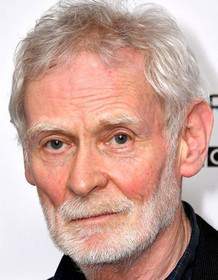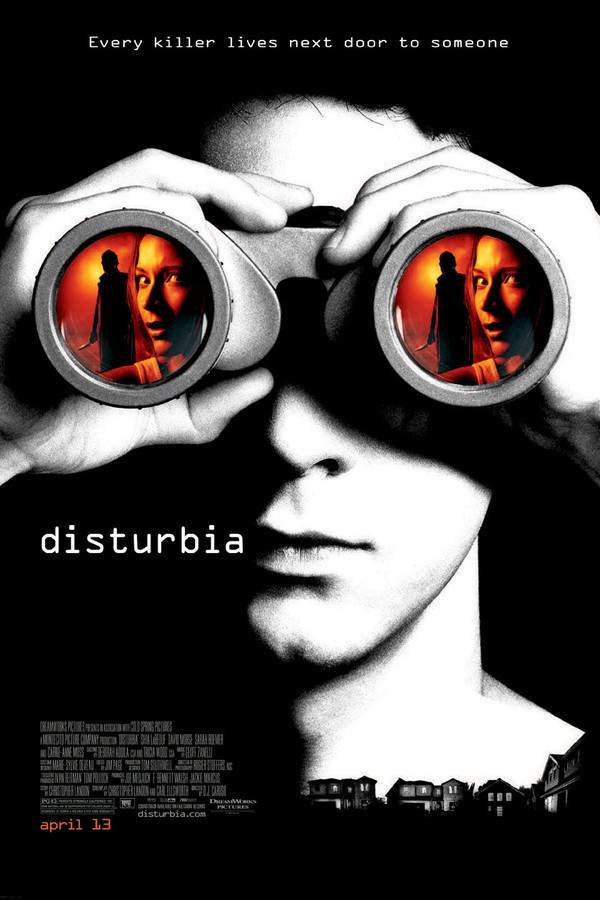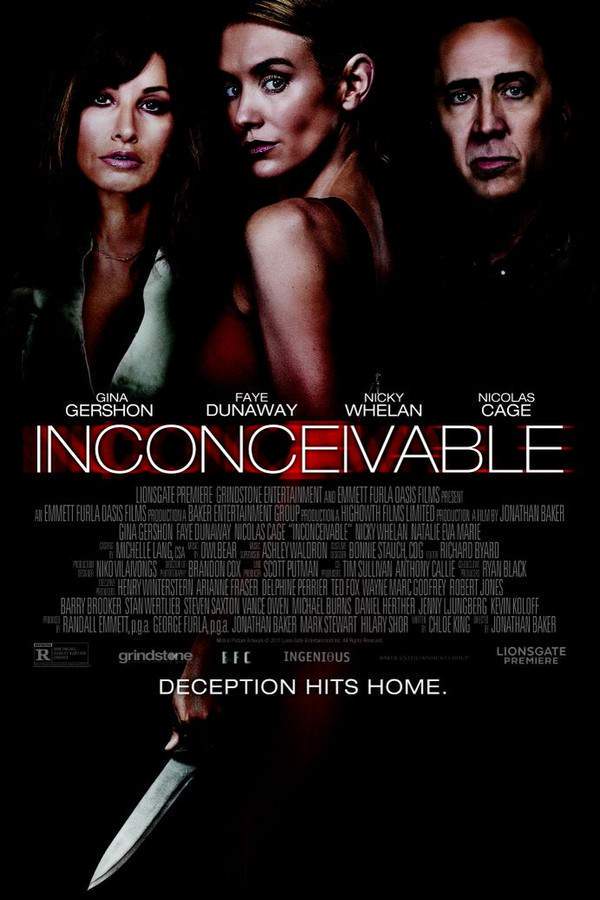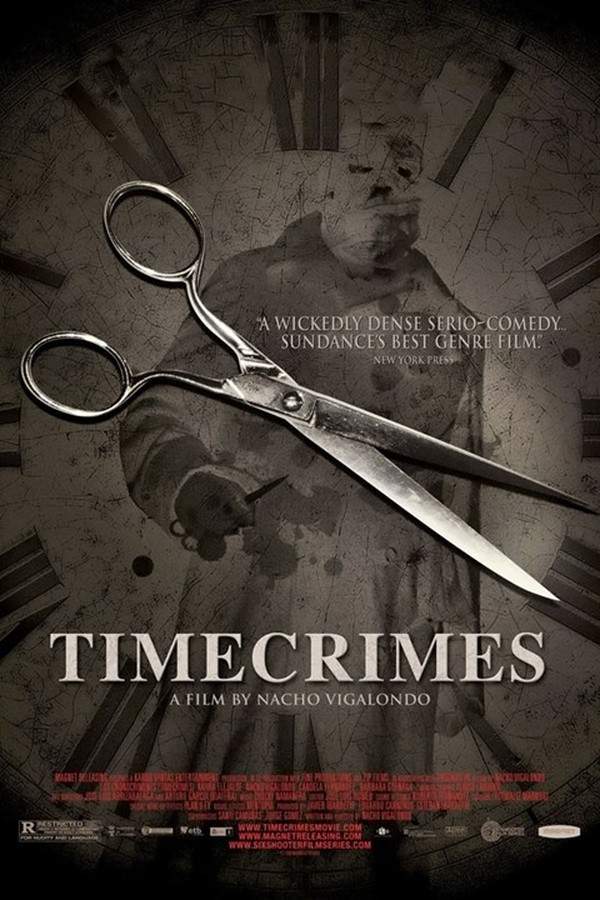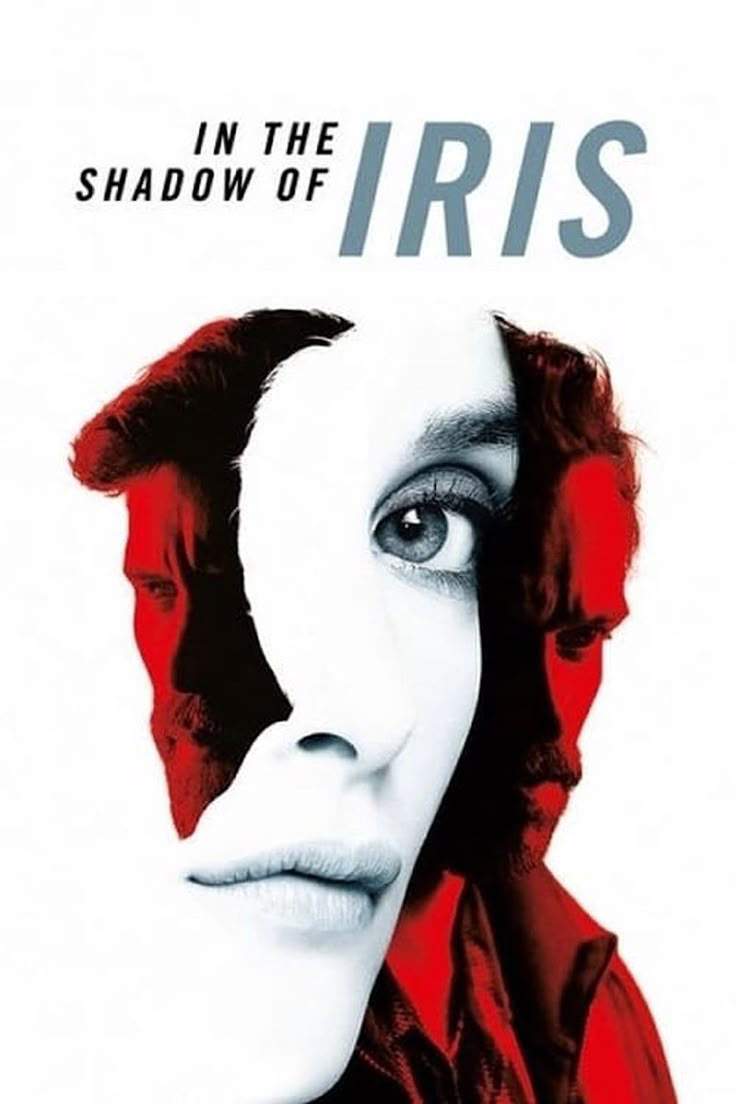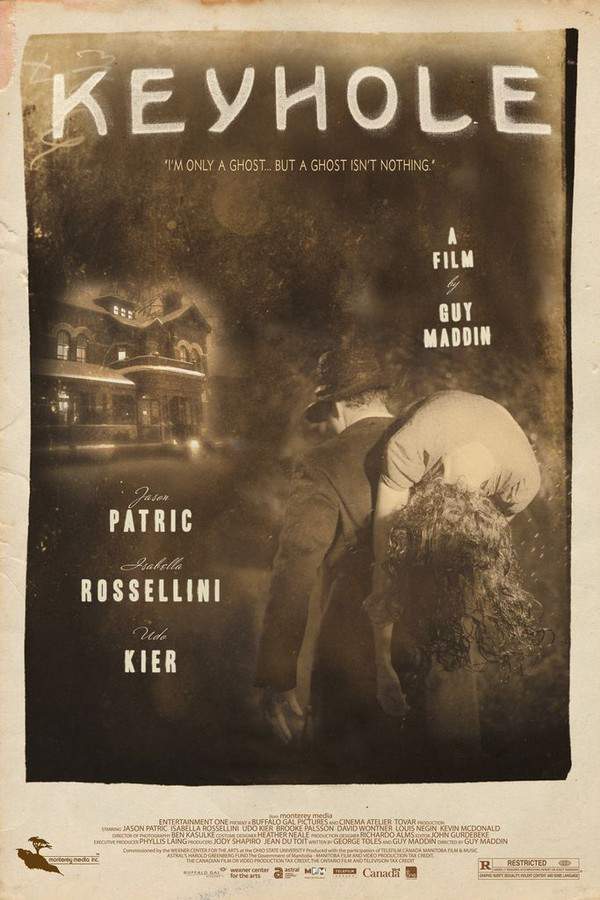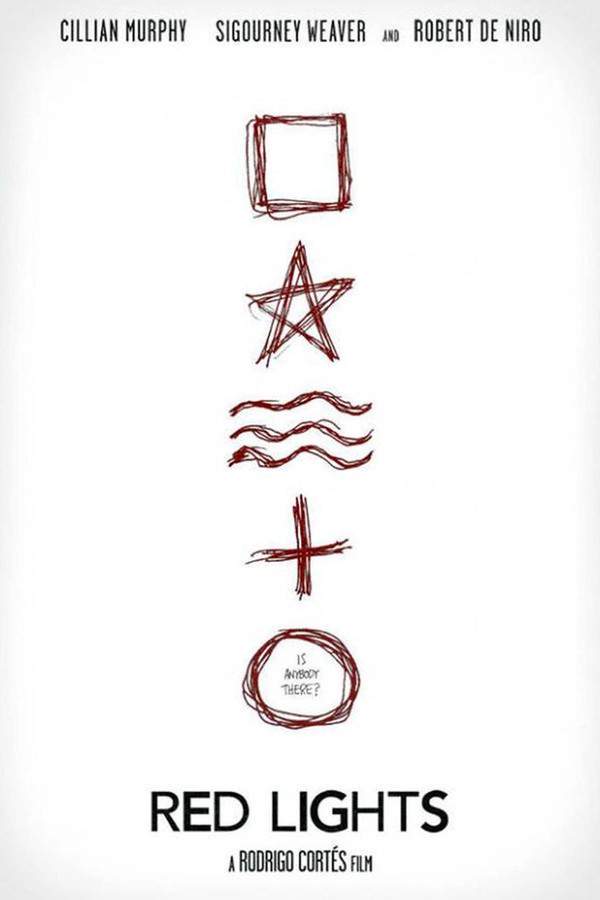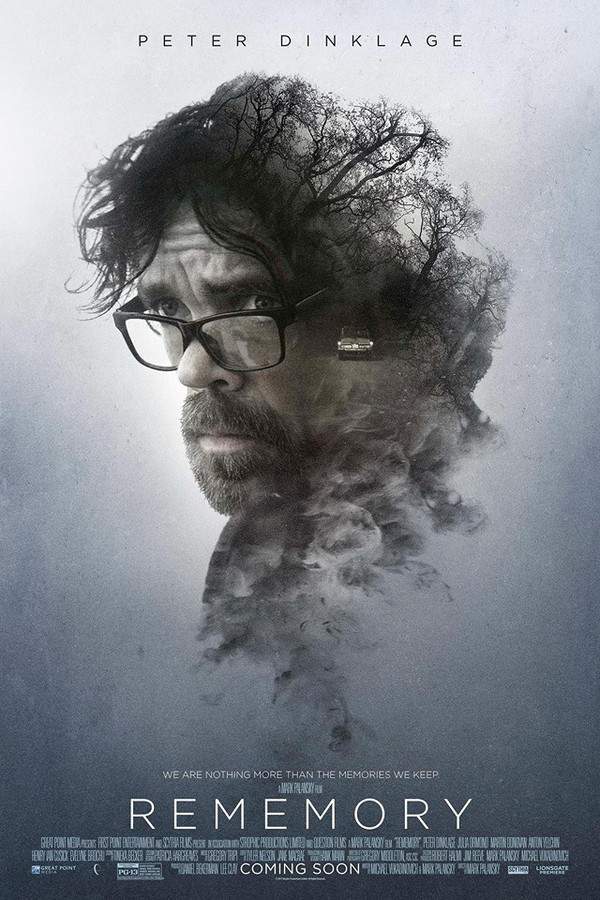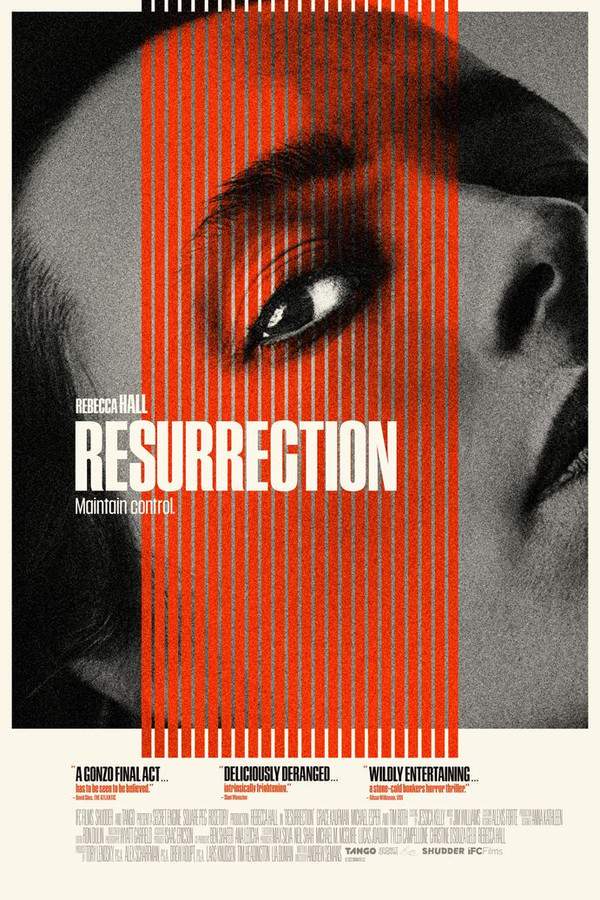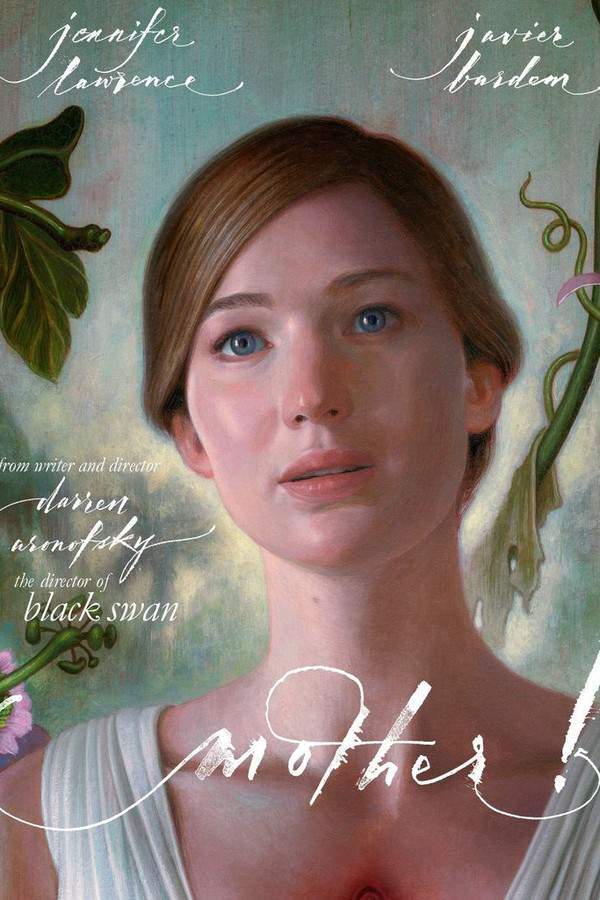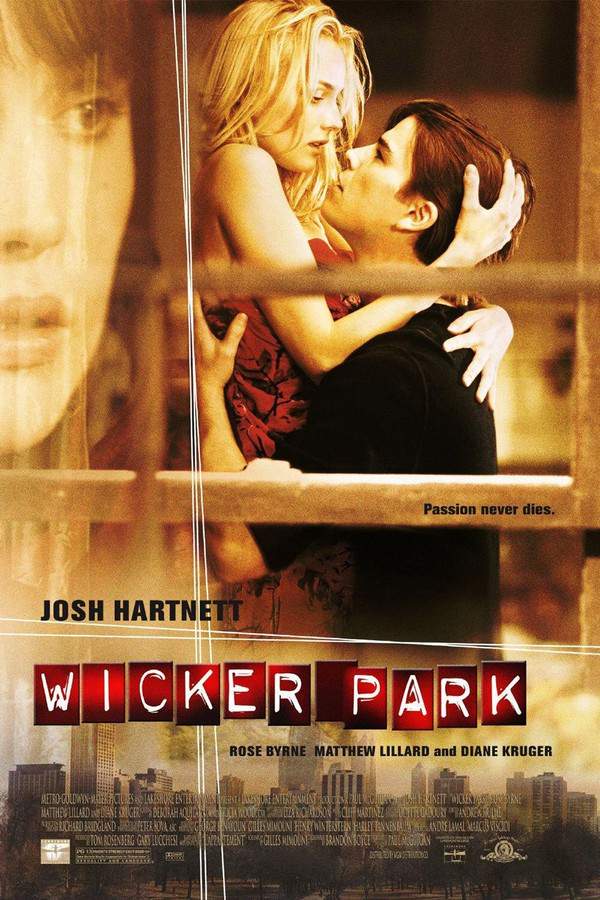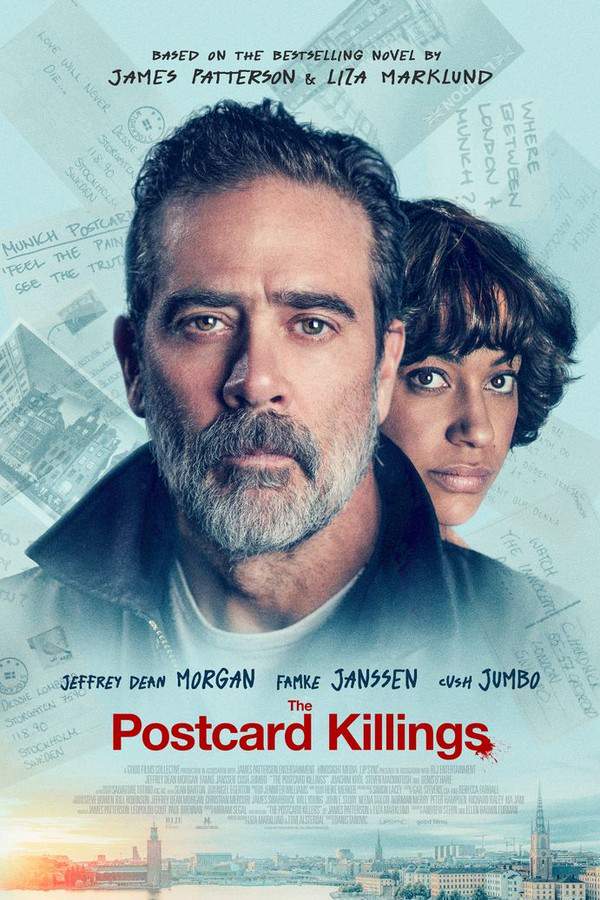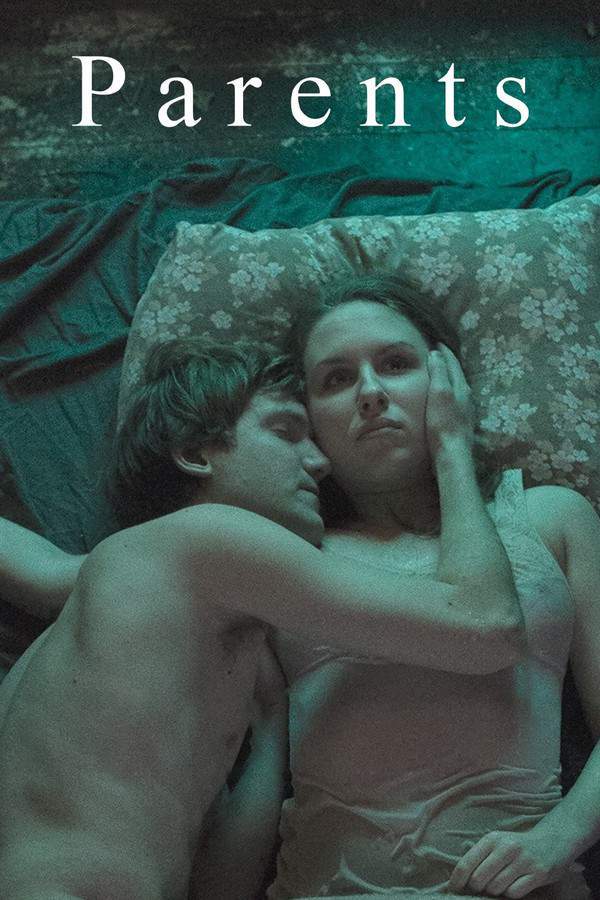Kaleidoscope 2017
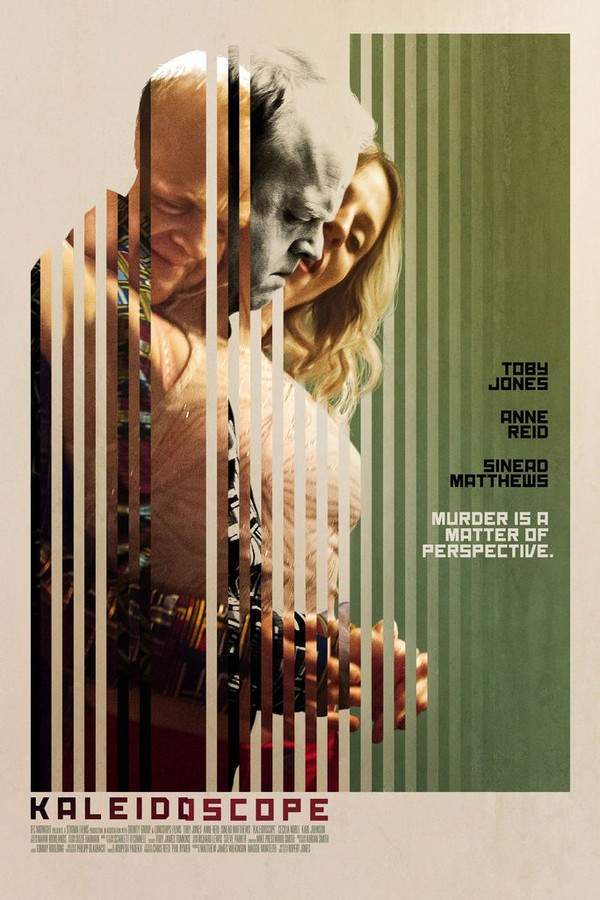
After being released from prison, Carl begins to rebuild his life, finding solace in a blossoming romance. However, the unexpected return of his mother disrupts his progress, unleashing a deeply buried trauma. His world descends into a disorienting mix of fractured memories and shifting perceptions, as the distinction between past and present becomes increasingly unclear. As Carl struggles to cope, violent events threaten to shatter his fragile stability.
Does Kaleidoscope have end credit scenes?
No!
Kaleidoscope does not have end credit scenes. You can leave when the credits roll.
Meet the Full Cast and Actors of Kaleidoscope
Explore the complete cast of Kaleidoscope, including both lead and supporting actors. Learn who plays each character, discover their past roles and achievements, and find out what makes this ensemble cast stand out in the world of film and television.
External Links and Streaming Options
Discover where to watch Kaleidoscope online, including streaming platforms, rental options, and official sources. Compare reviews, ratings, and in-depth movie information across sites like IMDb, TMDb, Wikipedia or Rotten Tomatoes.
Ratings and Reviews for Kaleidoscope
See how Kaleidoscope is rated across major platforms like IMDb, Metacritic, and TMDb. Compare audience scores and critic reviews to understand where Kaleidoscope stands among top-rated movies in its genre.

The Movie Echo Score
In balance, Kaleidoscope’s disciplined visual and directorial approach emerges as the film’s primary asset, but it is undermined by a fragmented narrative structure and uneven pacing. Critics highlight sustained tension through careful camera composition and editing, yet many also point to a schematic screenplay that strains credibility and engagement. Performances by the leads are consistently recognized as a key asset, though character development remains shallow. Overall, the film delivers a distinctive style but yields a mixed viewing experience.
The Movie Echo Score Breakdown for Kaleidoscope

Art & Craft
In terms of Art & Craft, the direction exhibits a rigorous control of tension and composition, supported by measured editing choices. Observers note the visual geometry and production design evoke a dreamlike atmosphere reminiscent of Hitchcock and Polanski, though some find the pacing of certain sequences overly deliberate. The cinematography’s use of confined spaces reinforces the protagonist’s psychological state. Overall, the craft remains one of the film’s most compelling elements.

Character & Emotion
Regarding Character & Emotion, the performances are widely acknowledged for their intensity and nuance, particularly in the depiction of inner turmoil and strained relationships. Critics highlight the leads’ capacity to convey guilt and desperation, even as the screenplay limits opportunities for deeper connection. The emotional resonance is intermittently strong but occasionally undermined by schematic plotting. In sum, the acting remains a core asset despite constrained character development.

Story & Flow
In terms of Story & Flow, the narrative structure is characterized by deliberate ambiguity and non-linear sequencing, which some find thematically intriguing but others view as confusing. Reviews cite a hackneyed plot undercut by schematic writing and uneven pacing, leading to moments of disengagement. While the premise offers thought-provoking questions about memory and perception, the execution stalls before delivering satisfying clarity. Overall, the storytelling yields a mixed level of engagement.

Sensory Experience
In terms of Sensory Experience, the film’s visual style is likened to an unsettling dream, with deliberate lighting and production design that reinforce psychological unease. A sparse score and sound cues contribute to a tension-filled atmosphere, though neither soundtrack nor sound design is noted as a standout element. The cohesive visual palette draws on classic suspense influences while maintaining an edge. Overall, the sensory design enhances the film’s moody tone.

Rewatch Factor
In terms of Rewatch Factor, the film’s dense ambiguity and narrative opacity may engage viewers seeking puzzle-like structure but risk diminishing appeal on subsequent viewings. The deliberate withholding of information sustains initial curiosity, yet the repetitive thematic motifs and unresolved questions can feel unsatisfying over time. While some may appreciate the chance to re-explore subtle visual clues, the limited narrative clarity constrains broader replay value. Overall, rewatch potential remains modest.

52
Metascore
6.8
User Score


67%
TOMATOMETER

45%
User Score

5.9 /10
IMDb Rating
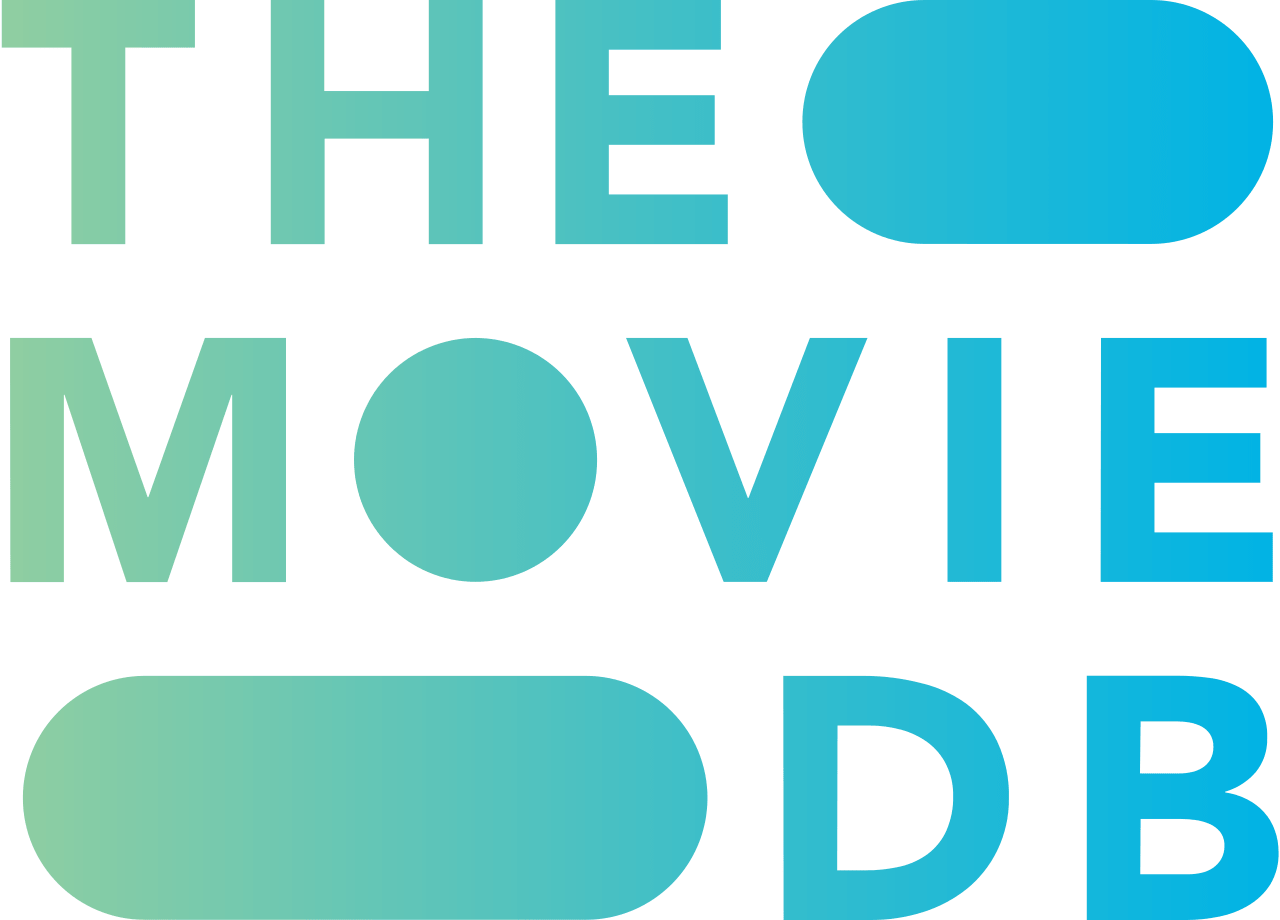
56
%
User Score

3.2
Watch Trailers, Clips & Behind-the-Scenes for Kaleidoscope
Watch official trailers, exclusive clips, cast interviews, and behind-the-scenes footage from Kaleidoscope. Dive deeper into the making of the film, its standout moments, and key production insights.
Movie Themes and Keywords
Discover the central themes, ideas, and keywords that define the movie’s story, tone, and message. Analyze the film’s deeper meanings, genre influences, and recurring concepts.
Similar Movies You Should Know About
Browse a curated list of movies similar in genre, tone, characters, or story structure. Discover new titles like the one you're watching, perfect for fans of related plots, vibes, or cinematic styles.
Quick Links: Summary, Cast, Ratings, More

What's After the Movie?
Not sure whether to stay after the credits? Find out!
Explore Our Movie Platform
New Movie Releases (2025)
Famous Movie Actors
Top Film Production Studios
Movie Plot Summaries & Endings
Major Movie Awards & Winners
Best Concert Films & Music Documentaries
© 2025 What's After the Movie. All rights reserved.


